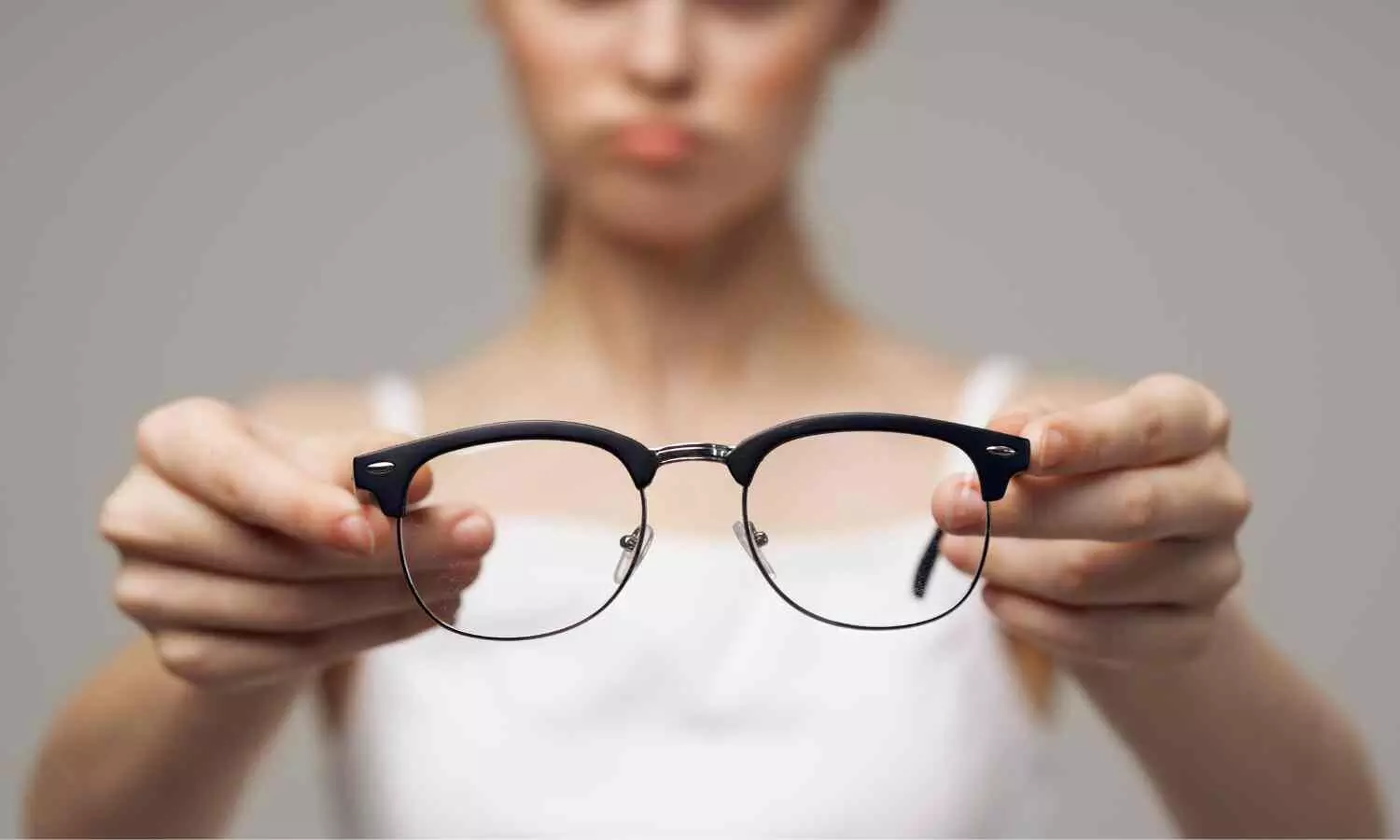FDA authorises marketing of light therapy as treatment of AMD

The US Food and Drug Administration has FDA has granted marketing authorization to a form of light therapy as the first-ever treatment for dry age-related macular degeneration (AMD).
The LumiThera’s Valeda Light Delivery System is the first treatment shown to improve vision loss associated with dry AMD. The new photobiomodulation (PBM) system generates light at different wavelengths to stimulate and improve the function of retinal mitochondria.
The Valeda therapy is the first ever authorized treatment by the FDA for vision loss in dry AMD patients. Valeda provides an improvement in best corrected visual acuity (BCVA) over 24 months of >5 letters or equivalent to a line on the eye chart. In the pivotal U.S. LIGHTSITE III trial, the Valeda treatment met its primary endpoint and was shown to be safe and effective in increasing and maintaining improved visual acuity.
LumiThera submitted the US LIGHTSITE III clinical data as part of a technical package to the FDA under a De Novo request with special controls.
“The De Novo authorization established Valeda as the first device for treatment of dry AMD patients with vision loss and creates a threshold for this novel class of PBM devices that must show similar clinical and nonclinical performance controls equivalent to the Valeda Light Delivery System,” stated Lori Holder, Vice President, Regulatory Affairs, LumiThera, Inc.
“The RCT results demonstrated clinical benefits in early to intermediate dry AMD patients out to 24 months and an excellent safety profile,” stated David Boyer, MD, Retina Vitreous Associates Medical Group, Beverly Hills, CA. “Patients will now be able to try a non-invasive treatment that can help improve their vision earlier in the disease process. This is an exciting option for patients and something doctors and patients have been waiting for.”
“The primary endpoint for the study was visual acuity gain,” indicated Glenn Jaffe, MD, Duke Reading Center. However, we also followed multiple anatomical endpoints from BL throughout the 24-month study to determine whether PBM helped to preserve retinal anatomy. The PBM treatment had a beneficial effect on multiple anatomic biomarkers. For example, we looked at whether PBM affected progression to geographic atrophy and found that incident geographic atrophy was reduced in the PBM-treated eyes compared to the sham treated eyes respectively, 6.8% versus 24%. Although incident GA was not a prespecified clinical endpoint, the results supported overall safety benefits of treating earlier in dry AMD disease.
“We have been working hard to bring Valeda, a multiwavelength photobiomodulation device to our U.S. patients for several years. We now have a non-invasive treatment option for dry AMD patients that may improve vision and address the disease earlier, before permanent vision loss,” stated Clark Tedford, Ph.D., President and CEO. “The FDA authorization of the Valeda treatment to improve vision in dry AMD now provides a significant option for our US patients.”
About AMD
AMD is a leading cause of vision loss for people aged 65 and older. Losing central vision can make it harder to see faces, drive, or do close-up work like cooking or fixing things around the house. The overall prevalence of AMD is estimated to increase 7-fold with age, from 4.2% in those aged 45-49 years, to 27.2% in those aged 80–85 years. Globally, the prevalence is estimated to increase by 20% between 2020 (195.6 million) and 2030 (243.3 million).


